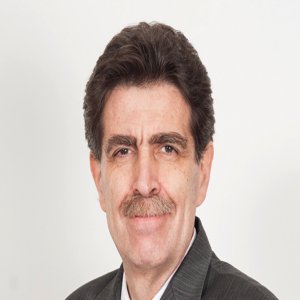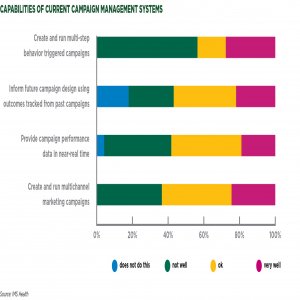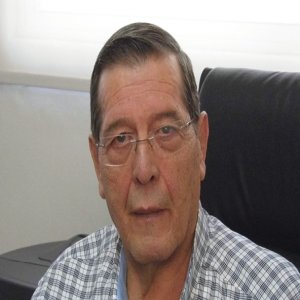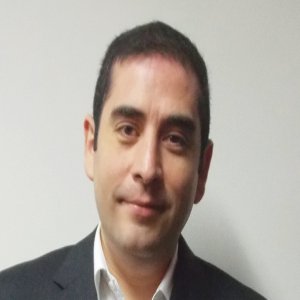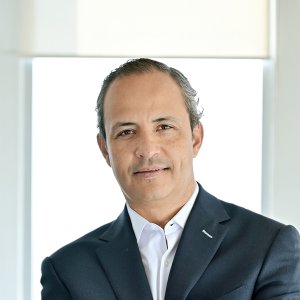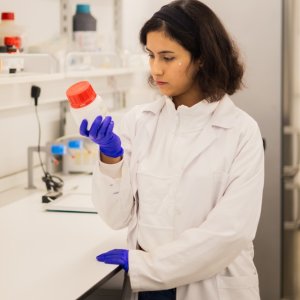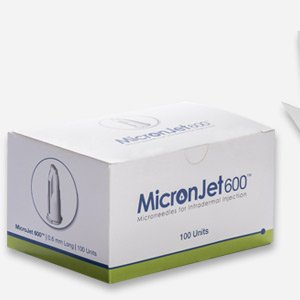Molecular Biology Diagnostics on the Rise

STORY INLINE POST
Q: What are the main changes you have seen in the market for diagnostics equipment while working for CTR Scientific and how has your business strategy helped you to remain competitive?
A: I have worked for CTR for more than 35 years, and during that time I have witnessed many changes in the industry. Similarly to the communications industry, the medical technology industry has undergone significant transformation in terms of how equipment operates, the methodology used by doctors to request diagnostics, and the way patients provide information. We have seen enormous growth in all areas of the medical devices market over the last five or six years. Today we have a diverse client base, including schools, hospitals, clinics, and research centers, from small technical schools to the National Institute of Genomic Medicine in Mexico City. CTR Scientific has operated for 45 years and a key factor in our strategy to continue being competitive in the market is remaining aware of the current global market fluctuations. Twenty years ago any new technology took from eight to ten years to be introduced to the local market, whereas the current timeframe can take less than a year. Unfortunately that is not the case for clinical laboratories, since their equipment must undergo a time-consuming registration and approval mechanisms by COFEPRIS, a process which has been streamlined in recent years. Even so, the situation has improved considerably as COFEPRIS has been improving its approval process. Globalization has allowed companies in Europe and the US to expand into Latin America, meaning that new platforms are being introduced to the Mexican market. In my opinion the healthcare system in Mexico is among the best in the world. One current problem is that sometimes diagnostics technology is not properly utilized in Mexico, which is a lost opportunity. The reason is that labor costs in the US are high compared to Mexico, therefore in the US it is sometimes necessary to speed up a process in order to save costs. The situation is very different for Mexico as labor is much cheaper than equipment.
Q: What areas are you predominantly providing equipment to?
A: At this point half of our sales come from the healthcare area and the other half from academia and the private industry. In academia our main customer base is within biomedical research and in the industry we are focusing on industrial and quality control to support the monitoring, prevention, and correction of environmental problems before they occur. In the healthcare area we sell to both the public and the private sector, since it is not viable for us to sell exclusively to one area. IMSS and ISSSTE are the main players in the public sector and IMSS is the largest buyer in the country, with more purchasing power than any other institution in Latin America. IMSS is a strong negotiator and is able to acquire products at very low prices, in part due to consolidated purchasing. The private sector in Mexico is also growing at an accelerated rate, which is helping to reduce the burden carried by IMSS. CTR Scientific owns investments in the private sector in every major city in Mexico but, in comparison to the public sector, the private sector is still comparatively small.
Q: How rapidly is Mexico evolving from a technology perspective?
A: Mexico is developing quickly, especially within certain industries and the country is quickly acquiring the latest technology in DNA sequencing. Polymerase Chain Reaction (PCR) is a Nobel Prize-winning process that rapidly replicates DNA. The PCR process was patented 15 years ago and is now used widely by crime scene investigators due to its enhancement of derivative techniques, helping to simplify evaluation and interpretation. Most research institutes in Mexico act as a platform for significant research using PCR and DNA sequencing. Development of the DNA sequencing process allows medical professionals to assemble a comprehensive overview of patient history, as well as predicting potential future illnesses. Many universities and research centers are now opening biotechnology laboratories and, while several years ago most in-depth research was conducted in areas in and around Mexico City, the industry has seen a recent expansion across the country, lately. Universities such as the UNAM and the Instituto Politecnico Nacional’s Center of Investigation and Advanced Studies (CINVESTAV), among many others, are paving the way for areas such as Nuevo Leon, Jalisco, Guanajuato, and Colima to be considered as influential areas for biotechnology. CONACYT is also prioritizing the provision of financial support of the doctors carrying out research as well as capitalizing on investment from companies with interest in these technologies. Most people think that Mexico invests little in research but CONACYT’s investments are growing every year and the results are promising. The trend of leaving the country to work in the US or the UK is becoming a less attractive option for medical professionals and contrarily there are greater levels of foreign investment in Mexico. Many people are unaware of the significant work carried out by the government within the sector over the last 12 years, an effort which has allowed current research centers to obtain extremely qualified researchers and excellent equipment.
Q: Is there any specific area of diagnosis where there is a particular need for good equipment?
A: One of the fastest growing areas in Mexico is molecular biology diagnostics or PCR. Most diagnostics test work by detecting the antigen to a given infectious disease rather than the virus itself. These techniques only provide about 85% accuracy whereas molecular biology techniques permit the detection of the DNA of the virus itself. Molecular biology techniques, although allowing for approximately 99% certainty, are more difficult to implement as samples must be purified, replicated, and interpreted by highly specialized professionals. Even so, this area is growing rapidly as doctors are increasingly seeking high speed and reliability for their laboratory tests. The Institute of Diagnostic and Epidemiological Reference (InDRE), the Mexican counterpart of the Center for Disease Control (CDC), implemented the fastest protocol for the detection of H1N1 in 2009. In less than six months the InDRE installed PCRs in every state laboratory in Mexico in order to detect and control the disease and today all state laboratories have their own PCR instruments. Another area of development is the automation for clinical chemistry in several tests, including glucose, cholesterol, uric acid, and red and white blood cell counts. This is just for diseases as there are different techniques for clinical chemistry and microbiology.
Q: In what way is technology demand increasing for the detection of chronic and degenerative diseases?
A: This is a unique area as it is heavily dependent on human examination of samples. For instance, autoimmune diseases are detected by pathologists who analyze the pattern of the antinuclear antibodies using a fluorescence microscope and subsequently a rheumatologist determines the type of autoimmune disease found in the sample. The detection of autoimmune diseases, including Crohn’s, rheumatoid arthritis, and Graves’, depends on the doctor’s interpretation of clinical tests and do not require sophisticated laboratory equipment. Cancer detection depends heavily on pathology and biopsy examination, which are complicated to process, as they require surgery and a complex sample preparation, a process that includes freezing, cutting and dyeing, before microscopic analysis. New microscopes have higher resolution and displays that allow oncologists to analyze samples on screen. While automation is important in this area, an oncologist’s experience is irreplaceable. One of the most complex specialties in medicine is pathology, as it requires a lot of experience in the interpretation of a number of different tests as well as extensive knowledge of the patient.
Q: How receptive is the local market to new technologies?
A: The most effective way for us to decide whether a new technology conforms to our business model is by listening to our clients’ needs. Regardless of the capabilities of any new technology price is always an issue in Mexico and locally many people may fail to correlate the high cost of new technology with the amount of R&D carried out. We must tropicalize foreign systems to comply with pricing within the Mexican range and every new technology must be evaluated in order to gauge whether or not it will be a viable product here. The delay in introduction of new technology to the Mexican market is often caused by adaptability issues, particularly in terms of price perception and affordability, but as technologies age and become more affordable, the possibility of success within Mexico increases.
Q: What are your expansion plans and what are your priorities for 2015?
A: At this point we have eight offices in Mexico, the main one being based in Monterrey and the second largest in Mexico City. We want to open new offices in areas where research centers are growing in prominence, such as the Yucatan peninsula and Baja California. We are also trying to expand into forensics and environmental laboratories. In addition we organize the annual Expo Científica CTR in Mexico City, an event that includes two days of conferences, where 40 vendors from all over the world can promote their technology. We also organize a conference in food safety, which is important for Mexico as food exports are among its largest sources of income and each food export is required to be thoroughly tested for pesticides and pathogens before exportation. We will also host a one-day seminar on vector borne disease Chikungunya, the prevalence of which is growing in Mexico. We want to create awareness of the disease in order to be prepared to deal with it as it is contracted in tropical environments through mosquito bites.


